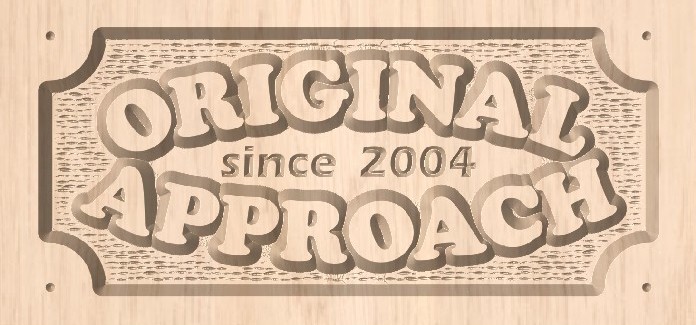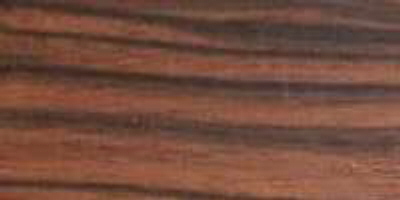|
Uses:
Black ebony is an exotic wood probably most known for its use as fingerboards for various musical instruments....and as second place, ebony wood, in its various species is the wood of choice for many decorative turners, both the commercial pool cue turner and you & I doing it in the basement.
Ebony is the greek word for "fruit of the gods". Historically drinking gobblets were made from its wood, as they believed it was an antidote for poison, and its use would ward off their enemys' evil intent.
There are 100's of types of ebony worldwide, but most are only shrubs, and only one found in N. America .. the persimmon tree. This species know for it's use in the manufacture of golf clubs.
The trees today are few and far between, and of a much smaller size then 20 year ago, ... found on the Asian, Indian and African continent. Can grow to 50' in height & 1 1/2' around, but you're talking about a tree over 100 years old.
Wood Description:
The various forms of ebony can vary from a pure black (gaboon ebony from Africa) to a dark chocolate brown with dramatic black or slightly grey and beige streaks (macassar ebony from Indonesia). Larger picture above is the macassar ebony wood.
Today it is getting more difficult to get the pure black ebonys, and instrument makers are sometimes resorting to dying the wood to improve colour consistency.
Weight:
approximately 65+ lbs per cubic foot
Finishing:
The wood is very dense thus no fillers are necessary. It finishs to a beautiful sheen, with limited effort.
Machining:
Must have sharp tools, dulling will occur, but cuts easily with a bandsaw and turns beautifully on a lathe. Sanding works quite well with power tools, but next to impossible with hand sanding (forget the cheap sandpaper, it won't touch it). Burning can happen if you exert too much pressure on a dull sanding belt, so start with a fresh one.
If you are using it as an inlay with other open pored woods, you do have to be a bit careful because the fine dust can accumulate in the open grain and alter the colour of the contrasting wood... make sure you use a compressor and blow off the surface well, prior to finishing ... rub with a solvent first to check...
Fine Dust can be an irrantant so WEAR a mask!
|




